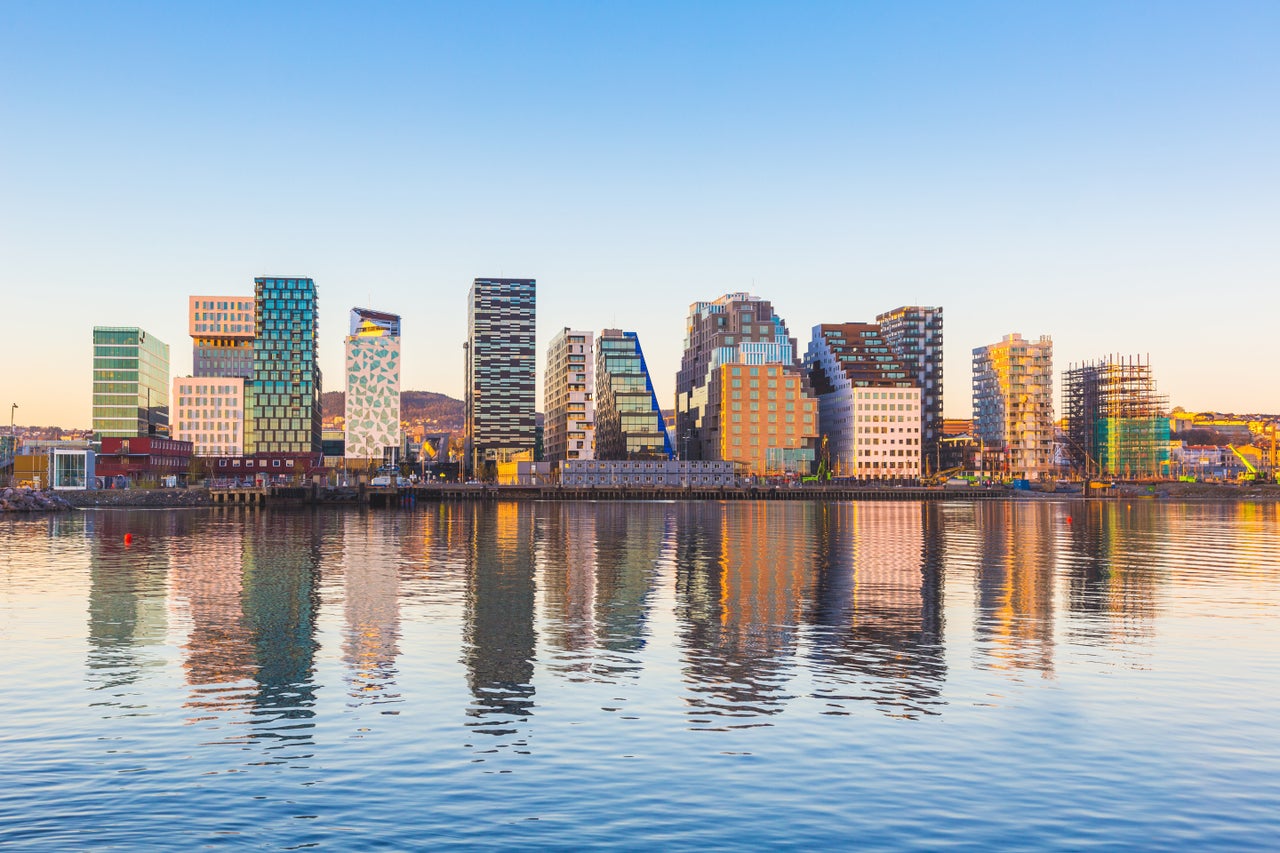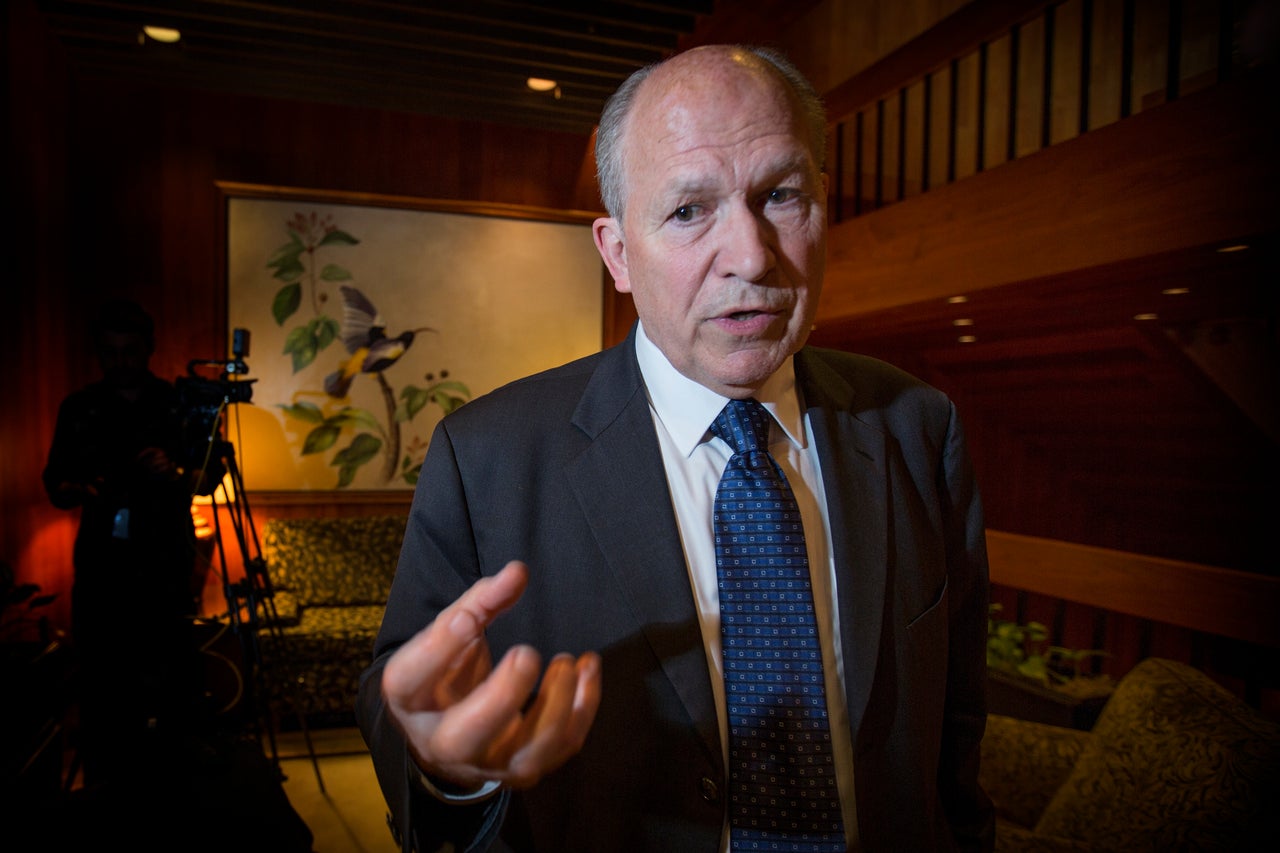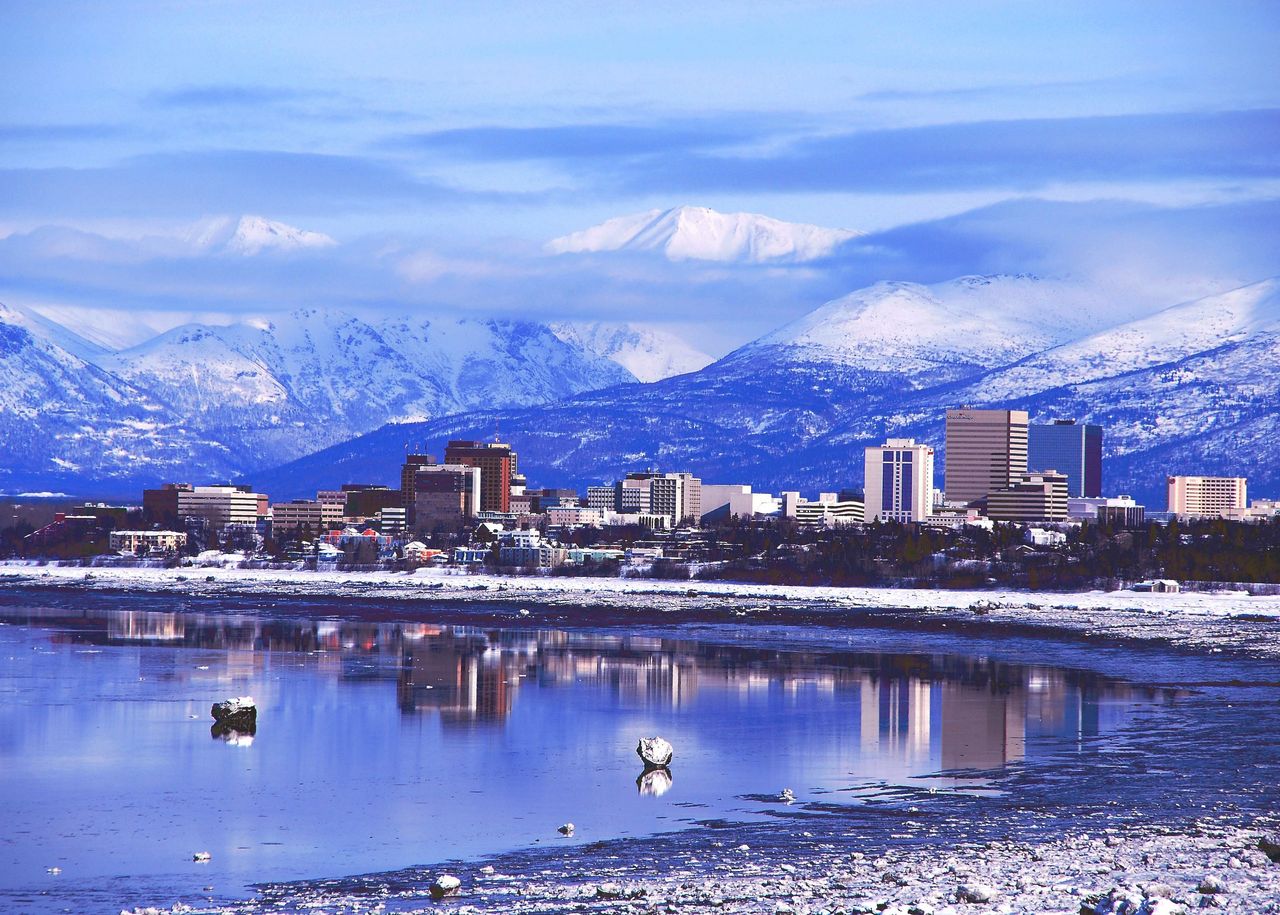Every October, all residents of Alaska – from teachers and construction owners to retail clerks and business owners – find a check from the state in their mailboxes. The money doesn’t come because they overpaid their taxes or worked for the government. They get the check simply because they live in Alaska.
In one of America’s most libertarian states, people are benefiting from what is essentially a universal basic income. In 1976, Alaska Gov. Jay Hammond, a liberal Republican, established the Alaska Permanent Fund, putting a percentage of all state oil revenues into a fund, which buys stocks, bonds, real estate and other assets. Money made on these investments is distributed to every man, woman and child in Alaska in the form of an annual dividend, which since 1982 has ranged between $330 and $2,000.
This cash has reduced income inequality in Alaska to the lowest level in America in 2016. And the state’s libertarian bent has not dampened enthusiasm for redistributing wealth from oil companies into money for all. “It’s been described as the most popular program in the history of the U.S.,” said Bill Wielechowski, a Democratic state senator from Anchorage. “It’s hugely relied on for fuel and food. It helps bridge the gap.”
America is struggling with a huge wealth inequality problem. The wealthiest 1 percent of households control 40 percent of the nation’s wealth, and this gap has been widening over the last few decades.

Those looking to transform an economy that funnels wealth to the top have long been intrigued by the Alaska concept. Even Hillary Clinton’s presidential campaign considered adopting it for the entire country under the name “Alaska for America.” Ultimately, “we couldn’t make the numbers work,” Clinton said in her campaign biography, What Happened.
But a new report from the People’s Policy Project (3P) called “Social Wealth Fund for America,” published on Tuesday, sets out a detailed case for a new national sovereign wealth fund that would offer everyone between the ages of 17 and 65 an annual dividend. It would not only make society more equal, author and 3P President Matt Bruenig argues, it could actually change corporate behavior by including into decision-making a powerful new investor voice: the people.
Bruenig sees capturing some level of capital income – the income earned from an asset like shares or real estate, in other words, the money you make from having money – as fundamental to narrowing the gap between the rich and poor. About 30 percent of all income is derived from capital, according to Bruenig’s calculations. When trying to tackle wealth inequality, “liberals tend to focus mostly on labor income,” Bruenig said in an interview. “That’s all well and good but you’re just missing one-third of the pie.”
Here’s how it would work. The U.S. government would gradually build up assets for the wealth fund. Independent fund advisers under the direction of the Treasury Department would manage it. The Treasury could create rules and directives to guide what fund managers could purchase.
Everyone over age 17 and not collecting a Social Security old-age pension would receive a non-transferable share, entitling them to an annual dividend equal to a five-year average of the market value of the fund. (For the first five years, the average would be based on the number of years the fund has been in existence.) The aim would be to prevent the dividend rising and falling sharply depending on the success of the fund.
There is a precedent for a wealth fund on this scale. Norway’s sovereign wealth fund has assets estimated at $1 trillion, nearly three times the country’s gross domestic product.

In the last reported year, the fund made $133 billion, which would be enough for each Norwegian to get a check for $25,500. But Norway doesn’t give out checks, it uses the proceeds to supplement its generous social services, which are often credited with helping the country consistently top lists of the best places to live.
The fund suggested by 3P would dish out an annual dividend. It’s unclear how big it would be as the number would increase as more money flowed into the fund. But even if the annual dividend were a couple thousand dollars, like in Alaska, advocates say it could seriously reduce poverty for some and for others allow for a measure of economic freedom, including holding out for the job they want or starting up a small business. “Everybody would own a share of the economy on an equal basis,” said Stewart Lansley, a British economist and the author of A Sharing Economy.
But the U.S. would need seed money to get the investment fund started. Where would it come from?
Of the $7.4 trillion held in 80 or so sovereign wealth funds around the world today, the majority are related to oil and gas, like in Norway, Kuwait and Saudi Arabia. America could also use proceeds from its robust oil and gas holdings. It makes sense that all citizens should benefit from commonly-held natural resources.
However, that also tends to lock countries into a fossil-fuel-based economy, which humans cannot afford to see grow in an age of severe climate change. “We shouldn’t really be exploiting oil,” said Lansley. “We have to find alternative ways of building an asset base.”

Bruenig has several ideas. Most of them operate as a tax on wealth, for example taxing financial transactions, like initial public offerings or mergers, or taxes on large estates, as well as a one-time corporation tax that companies could pay by issuing new shares of stock to the fund.
Not everyone supports such options. “There are problematic aspects of transactions and wealth taxes that would need serious consideration,” said Larry Summers, former Treasury Secretary to President Bill Clinton and economic adviser to President Obama.
Critics, such as Summers, argue it leads to capital flight, with money flowing out of the country to avoid the taxes. Clever accountants could artificially reduce the value of personal assets to lower perceived wealth, and U.S. tax authorities have a bad track record of detecting and prosecuting such fraud, he said.
Bruenig also suggests that the government could borrow money at cheap federal interest rates to fill the fund, or have the Federal Reserve expand its balance sheet to acquire stocks. The Fed currently owns over $4 trillion in assets, and in 2017 earned $80.2 billion for the Treasury on a very conservative bond portfolio.
That $80.2 billion would equal about $400 for each American between the ages of 17 and 65, which shows just how enormous the fund would have to be to create a tangible dividend. To gather the assets necessary for a decent annual dividend would mean significant, ongoing taxation, which the rich would likely oppose.
Once a wealth fund went into operation, a big political hurdle would be keeping lawmakers’ hands off the dividends. This cropped up in Alaska. A crash in oil prices in 2016 created a state fiscal crisis, with a $3.7 billion shortfall. Gov. Bill Walker, politically an independent, used revenue from the Permanent Fund to fill the budget hole, cutting payouts to residents in half amid an economic downturn when people needed the money the most. This year’s payout will be $1,600, about $1,050 less than was estimated.

“The real threat with any fund is, if you have an available pool of money, there’s always a rich and powerful interest wanting to grab it,” said Sen. Wielechowski.
The flip side to that is the public may not stand for being shortchanged, as the dividends are a major issue in Walker’s re-election campaign this year. Giving the public a sense of personal ownership in the economy offers mass pushback to a government run only for those with the influence that comes with wealth.
That could even extend into corporate governance. A U.S. social wealth fund would own significant shares in public corporations. Bruenig explains that the public could vote with those shares through companies’ websites, exercising influence over how they want companies to behave.
This potential for corporate control makes the social wealth fund a much broader policy than just redistributing wealth through taxes. “Allowing the state to come in as an owner ― it seems like they would be capable of driving a fairer bargain between labor and capital,” Bruenig said.
This could be done through direct voting on shareholder issues like CEO pay, proxy voting (a citizen could transfer their vote to the Sierra Club or some other cause with which they associate) or through government guidelines. Norway’s fund, for example, restricts investment in companies that commit human rights violations or other harmful practices, publishing those banned companies ― including Walmart – in a public exclusion list.
However, there are limits to its socially responsible investment. A government-appointed commission just rejected Norway’s planned divestment from oil and gas companies. (The fund even has $1.2 billion tied up in companies building the Dakota Access pipeline.)
Though a social wealth fund could inject public input into corporate governance, historically they have operated almost like hedge funds, with little transparency and a drive for maximizing immediate returns. If the social wealth fund begins to own large shares of entire industries, it could indirectly inhibit the desire for different firms to compete, with negative effects across the economy like rising consumer prices and degraded quality of product service.
Moreover, disassociating a social wealth fund from a government’s political aims, even with safeguards for independent investing, could prove challenging.
But Bruenig believes that the fund’s independent management could resist political considerations. “The state has the ability to own stocks and bonds effectively,” he said.
Advocates of the idea of a social wealth fund say its aim is a big one: to break up extreme concentrations of wealth and give everyone a stake in the economy’s success. The problem of wealth concentration is controversial, ”but we’ve got to rethink the way we manage economies,” said Lansley, the economist. “You can’t have 90 percent of the wealth owned by the top 15 percent and have none of that serve the interests of society.”
For more content and to be part of the ‘This New World’ community, follow our Facebook page.
HuffPost’s ‘This New World’ series is funded by Partners for a New Economy and the Kendeda Fund. All content is editorially independent, with no influence or input from the foundations. If you have an idea or tip for the editorial series, send an email to thisnewworld@huffpost.com
CORRECTION: A caption for one of the photographs in this article previously misidentified Anchorage as the state capital; it is Juneau. Another caption misstated the number of Americans that a U.N. report indicated are in extreme poverty. It is 18.5 million, not 185 million. This story also previously misstated the range of previous cash payouts from the Alaska Permanent Fund.
